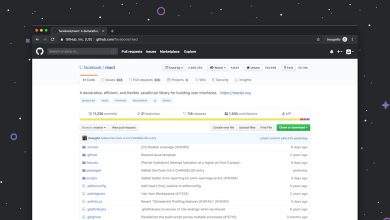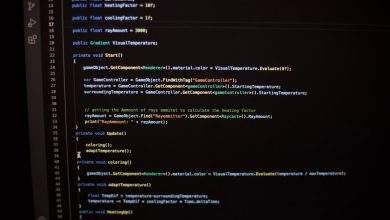
Which AI tools are best for automating data analysis?
As businesses accumulate increasing volumes of data, the demand for efficient and accurate analysis continues to soar. Manual data analysis is not only time-consuming but also prone to human error. This is where artificial intelligence (AI) tools come into play. These tools can automate data analysis, uncover insights, and optimize decision-making processes—all with minimal human intervention. But with the growing number of AI-powered platforms, which ones stand out as the best for automating data analysis?
Top AI Tools for Automating Data Analysis
Here are some of the most popular and effective AI tools that are revolutionizing data analysis automation across various industries:
1. Microsoft Power BI
Microsoft Power BI integrates AI and machine learning capabilities to allow users to create dynamic dashboards and reports with minimal coding. It features natural language queries, anomaly detection, and dataflow automation—making it a go-to tool for analysts and business teams.
2. Tableau with Einstein Discovery
Tableau, especially with Einstein Discovery (a Salesforce product), provides augmented analytics features that identify key patterns and deliver predictive insights. Einstein Discovery brings the power of automated machine learning models directly into a user-friendly visualization tool.
[ai-img]tableau, power bi, analytics dashboards[/ai-img]3. DataRobot
DataRobot offers an enterprise AI platform designed for users with various levels of expertise. It automates the process of building, deploying, and monitoring machine learning models. From selecting the best algorithm to tuning model parameters, DataRobot handles it all seamlessly.
4. Google Cloud AutoML
Built for developers and analysts with limited machine learning experience, Google Cloud AutoML allows users to train high-quality custom models with their own datasets. It supports structured data, images, natural language, and more, making it highly versatile.
5. IBM Watson Studio
IBM Watson Studio offers an integrated environment for data scientists, analysts, and developers to collaborate on AI projects. It combines data preparation, model development, and deployment under one interface and supports automatic model selection and feature engineering.
[ai-img]ibm watson, data pipeline, machine learning[/ai-img]6. Alteryx
Alteryx focuses on making data analysis accessible to business users. It offers intuitive drag-and-drop tools for predictive, statistical, and spatial analytics. With its built-in AI and ML capabilities, Alteryx helps users discover insights without having to write code.
7. KNIME
KNIME (Konstanz Information Miner) is an open-source data analytics platform that provides seamless integration with machine learning libraries such as TensorFlow and Scikit-learn. It’s known for its modular data pipelining interface and is ideal for building workflows for data mining and automation.
How to Choose the Right AI Tool
Selecting the right AI tool for automated data analysis depends on several factors:
- Level of expertise: Tools like Alteryx and Google Cloud AutoML are suitable for non-experts, while KNIME and DataRobot might require a stronger data science background.
- Data complexity: Complex datasets with multiple dimensions may benefit from tools with advanced ML capabilities like IBM Watson Studio or DataRobot.
- Scalability and integration: Cloud-based tools such as Microsoft Power BI and Google Cloud AutoML offer better scalability and integration with existing IT infrastructure.
- Cost: Open-source tools like KNIME are budget-friendly, while enterprise solutions like Tableau with Einstein Discovery may require a larger investment.
By aligning business needs, budget, and user expertise, organizations can effectively choose the AI tool that best suits their data analysis goals.
Conclusion
AI tools for automating data analysis empower businesses to gain meaningful insights faster, with greater accuracy and less manual intervention. Whether it’s through visual dashboards, predictive modeling, or auto-generated insights, these tools are playing a pivotal role in shaping modern data strategies. As the technological landscape evolves, the adoption of such tools will become increasingly essential for staying competitive.
Frequently Asked Questions
- Q: Can non-technical users operate AI data analysis tools?
A: Yes, many tools like Microsoft Power BI, Alteryx, and Google Cloud AutoML are designed with user-friendly interfaces that cater to non-technical users. - Q: Are these tools suitable for small businesses?
A: Absolutely. Many AI data tools offer scalable pricing plans or open-source alternatives suitable for small and medium enterprises. - Q: How secure are AI-driven data analysis platforms?
A: Reputable platforms use robust encryption and comply with industry standards for data security, but it’s advisable to review their specific security protocols. - Q: Do I need to know programming to use these tools?
A: Not necessarily. While some platforms require programming knowledge for advanced features, many offer drag-and-drop interfaces or guided workflows. - Q: Which AI tool is best for visualization?
A: Tableau and Microsoft Power BI are industry leaders in creating detailed and interactive data visualizations.



